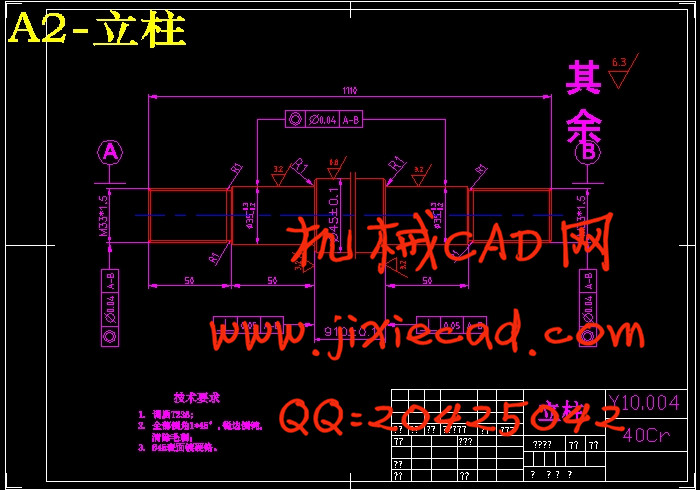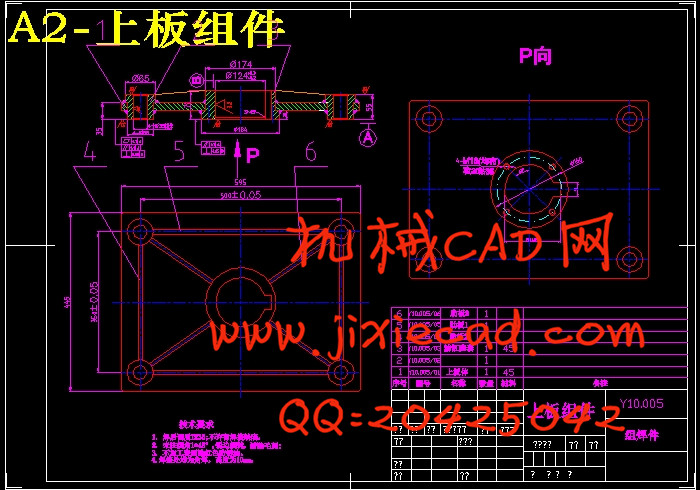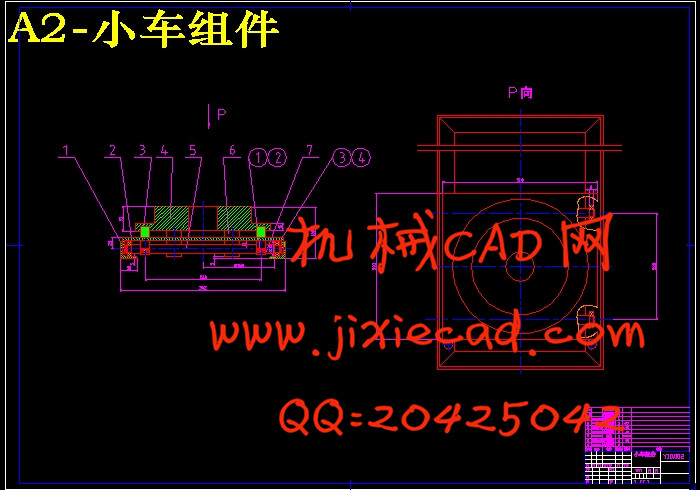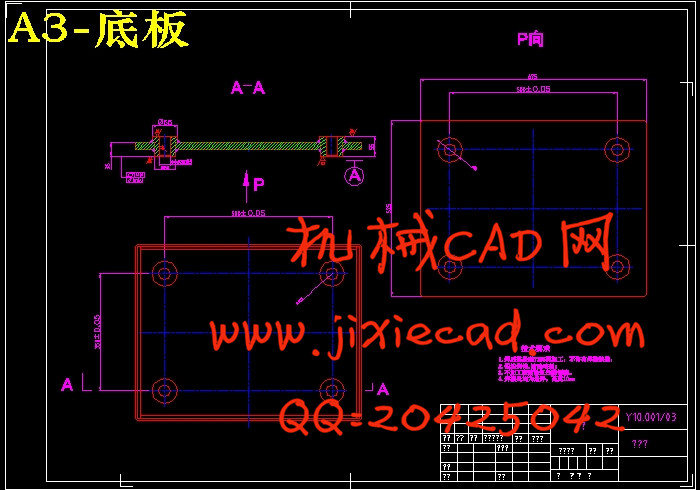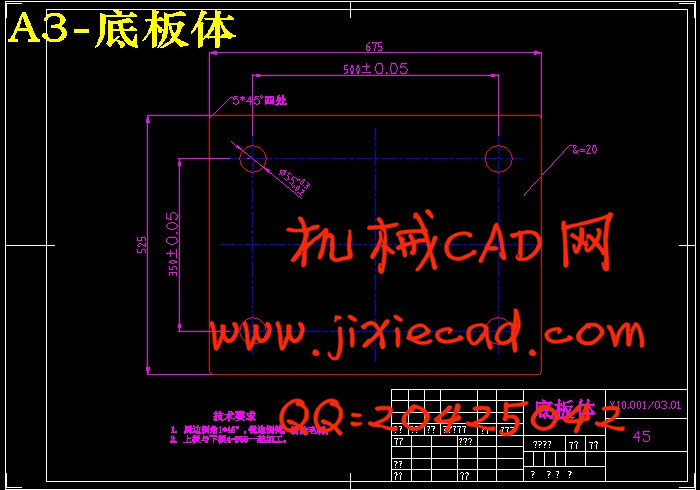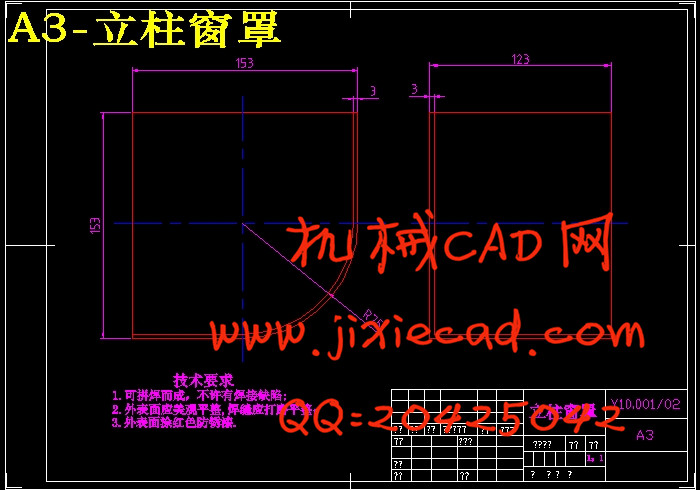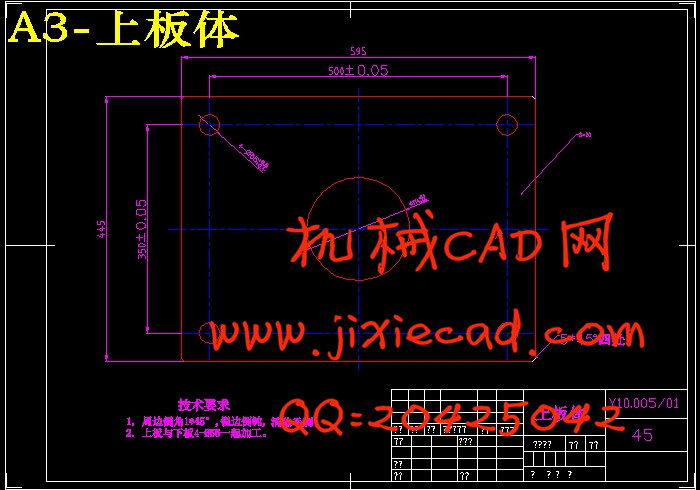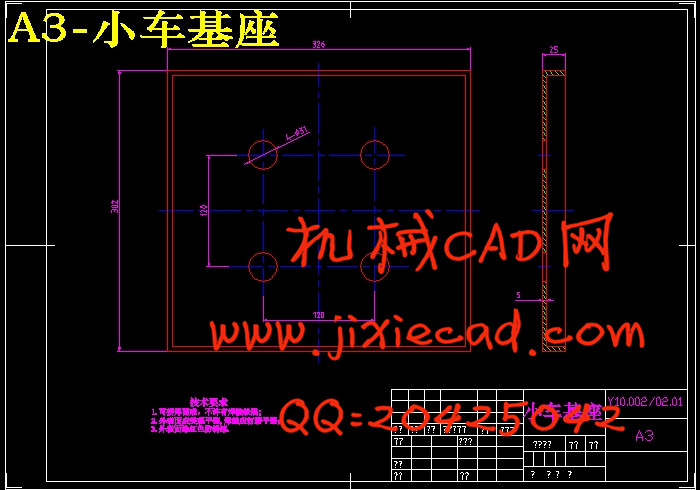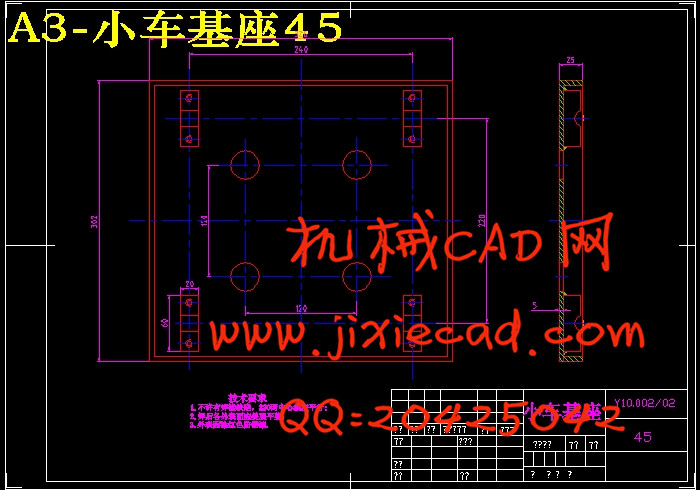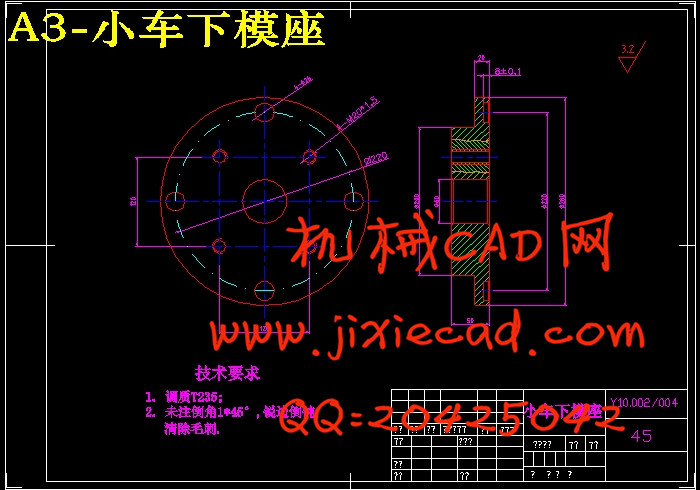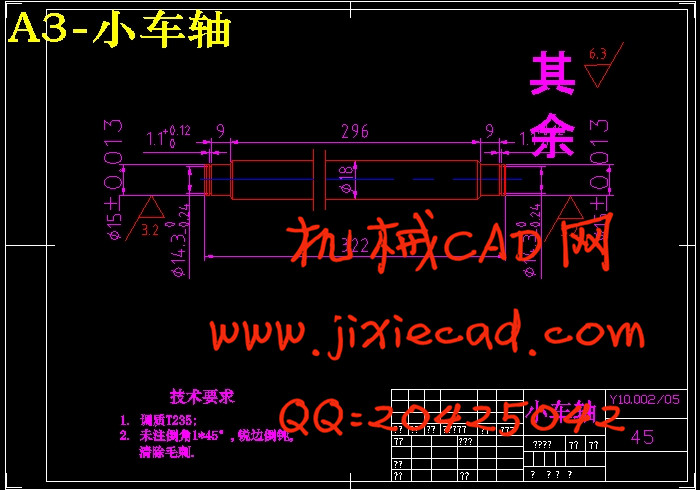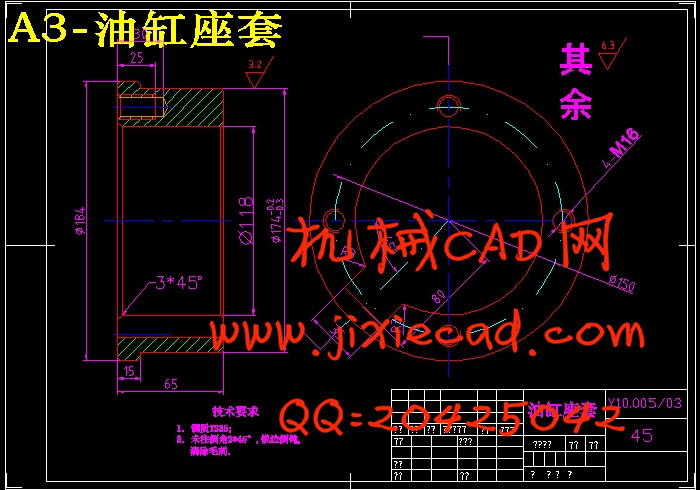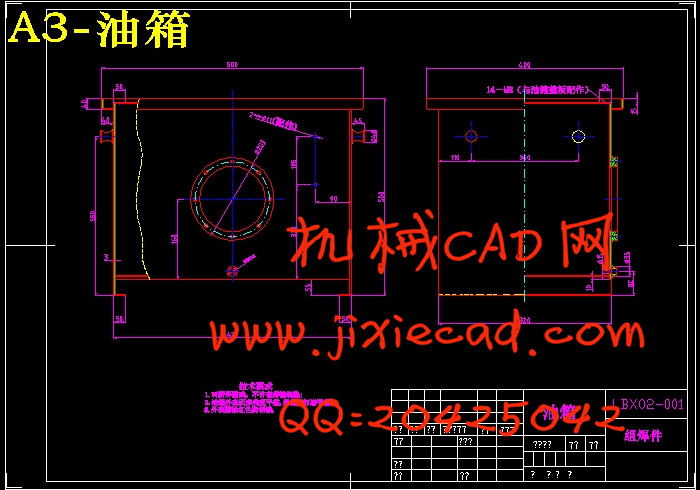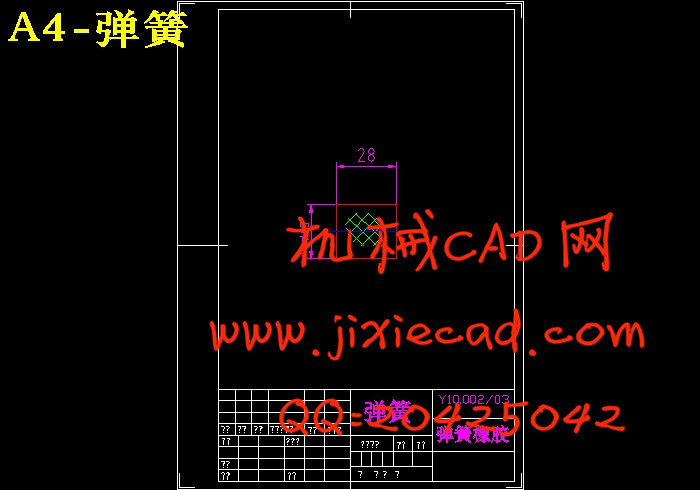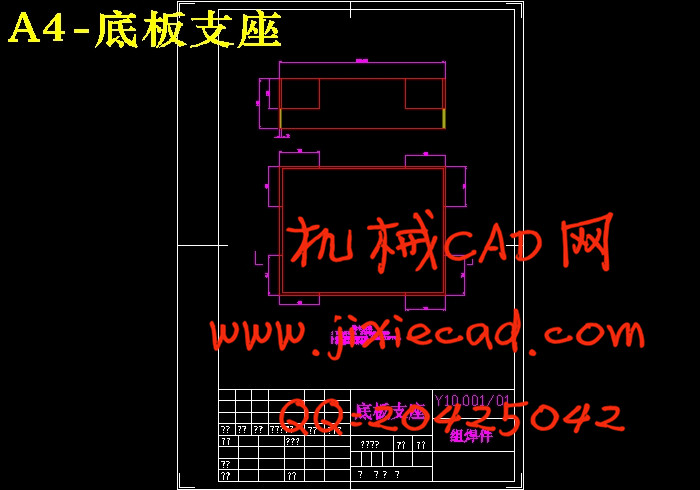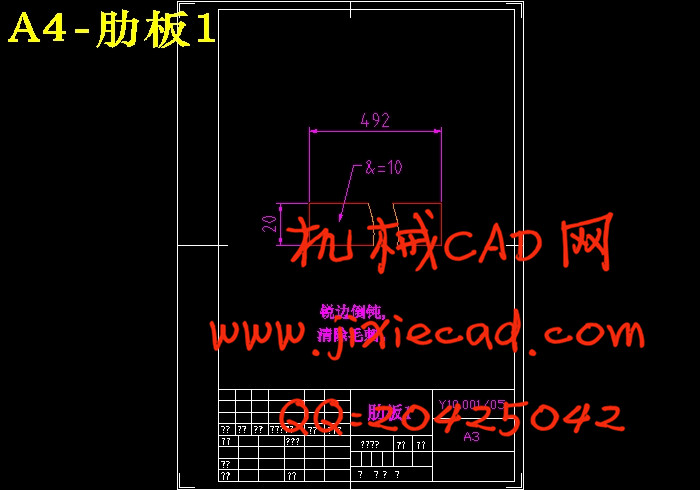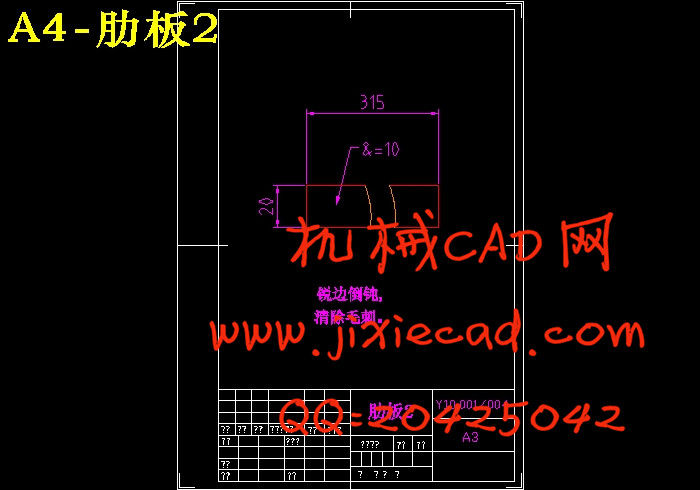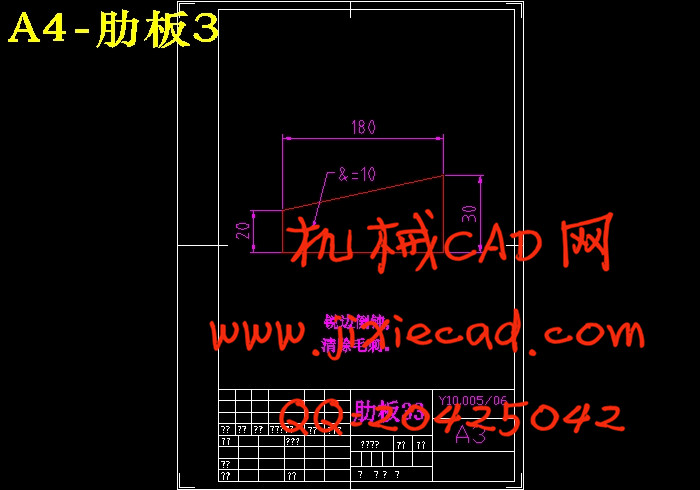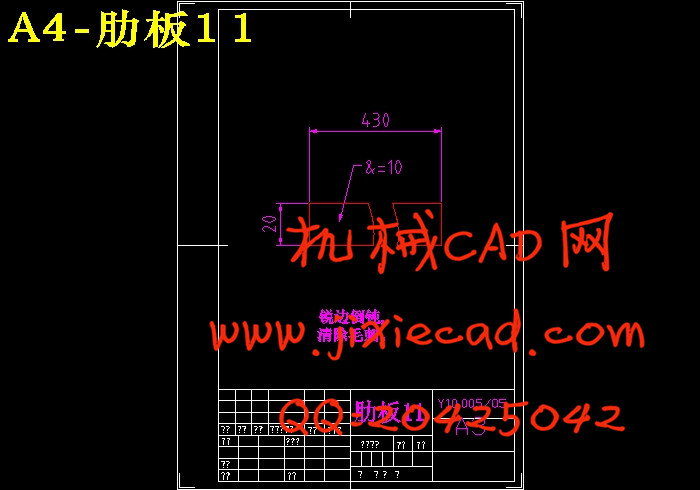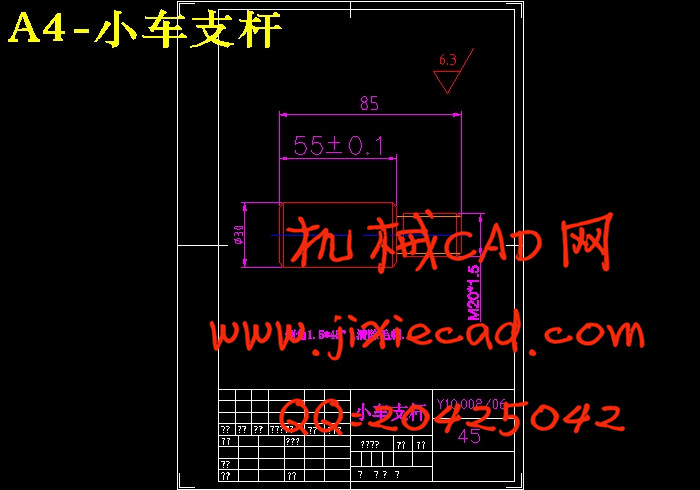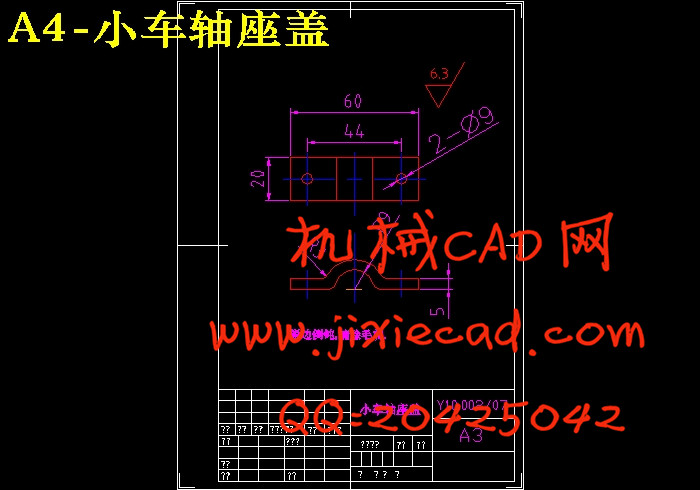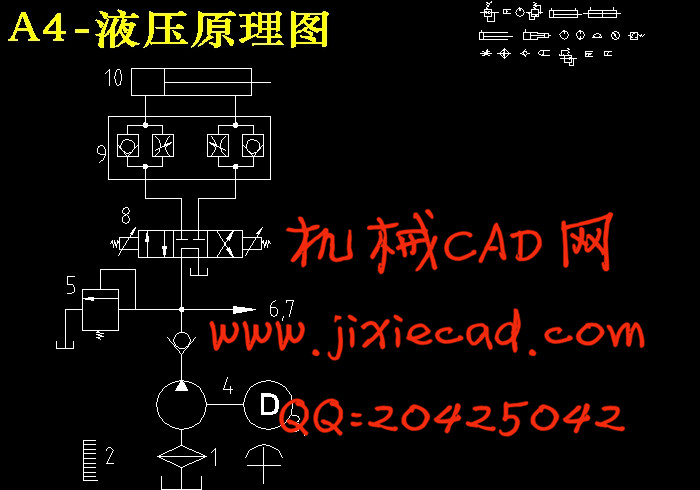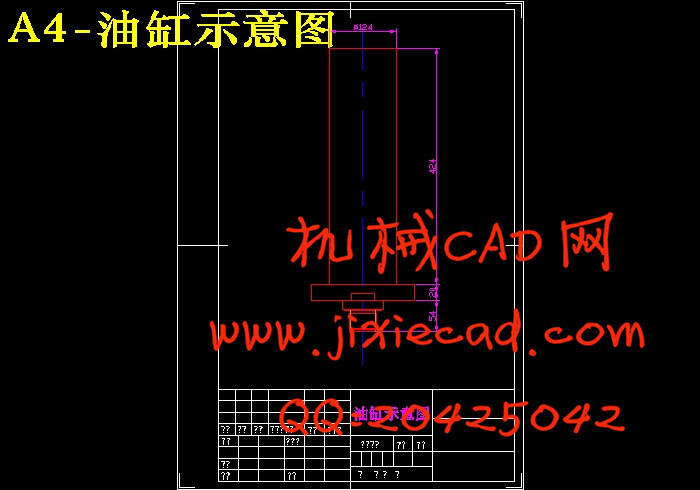设计简介
摘 要
本论文主要说明机车减震弹簧拆装用10吨四立柱压力机设计的基本过程及工作过程。铁路机车的减振弹簧是铁路机车安全正常运行的重要部件之一,工况差长期处于交变应力的作用下,故必须对它进行定期的检测。故设计10T四立柱压力机对减振弹簧进行拆装,本压力机主要由上板组件、底板组件、立柱、液压系统、小车组件及一些特殊部件,根据工作所需而设计的。
论文主要内容包括四大部分:
(1)压力机总体方案分析 通过了解加工部件的形状特点及其各个参数,设计几个可行性方案并最终确定压力机的总体方案。
(2)压力机的总体设计 确定压力机各部件之间的相互关系,设计简单经济的零部件,绘制机床的尺寸联系图及工作示意图。
(3)压力机各部件设计 主要是对底板组件、上板组件、小车组件、立柱等各部件的尺寸设计及其装配设计。
(4)液压系统的设计 根据提供的10mp来设计用多大缸径的液压缸,从而设计整个液压系统。
关键字:压力机 缸径 组件 设计 过程
Abstract
This thesis mainly explains that the motorcycle reduces earthquake spring coil to dismantle to pack to use 10 tons four sign basic process and work process of the pillar pressure machine design.The railroad motorcycle reduces to flap one of the important partses that the spring coil is that the railroad motorcycle is safe to normally circulate, the work condition is bad over a long period of time be placed in to hand over to change in response to the function of the dint next, past have to carry on a periodical examination to it.Past design a 10 Ts four sign pillar pressure machine to flap spring coil to carry on dismantling to pack towards reduce, this pressure enters mainly from top plank module, scaleboard module, sign pillar, liquid to press system, small car module and some special partses, according to work need but design.
The thesis main contents include four greatly part of:
(1)、Pressure machine the total project be analytical Pass the shape characteristics that understanding processes a parts and it each parameter, design a few possibility projects to combine end assurance pressure machine of total project.
(2)、The total design of pressure machine Certain pressure the correlation of of each parts of machine, design in brief economic of zero partses, draw the size of tool machine contact diagram and work sketch map.
(3)、Pressure each parts of machine design Mainly is to the scaleboard module, ascend plank module, small car module and sign pillar each parts of etc. of size design and its assemble design.
(4)、The liquid presses the design of system Design to use to have another a big urn the liquid of the path to press an urn according to the 10 mps provide, design the whole liquid to press system thus.
Key word: Pressure machine Urn path Module Design Process
目 录
摘要………………………………………………………………………………i
Abstract…………………………………………………………………………ii
1 绪论……………………………………………………………………………1
2 总体方案的设计…………………………………………………………………5
2.1 总体方案 ……………………………………………………………………5
3 液压系统的设计…………………………………………………………………6
3.1 明确系统设计要求 …………………………………………………………6
3.2 工况分析 ………………………………………………………………6
3.2.1 负载分析 …………………………………………………………6
3.2.2 运动分析 …………………………………………………………7
3.3 确定液压缸主要参数 …………………………………………………8
3.3.1 确定液压缸 ………………………………………………………8
3.3.2 初选系统的工作压力 ……………………………………………8
3.3.3 计算液压缸的工作面积和流量 …………………………………9
3.3.4 绘制执行元件工况图 ……………………………………………10
3.3.5 拟定液压系统原理图 ……………………………………………11
3.4 液压回路的选择 ………………………………………………………11
3.4.1 选择系统类型 ……………………………………………………12
3.4.2 选择调速回路 ……………………………………………………12
3.4.3 选择液压泵的类型 ………………………………………………13
3.4.4 选择执行元件 ……………………………………………………13
3.4.5 选择调压方式 ……………………………………………………13
3.4.6 选择换向回路 ……………………………………………………13
3.4.7 绘制原理图 ………………………………………………………13
3.5 计算和选择液压元件 …………………………………………………14
3.5.1选择液压泵 ………………………………………………………14
3.5.2选择液压控制阀 …………………………………………………15
3.5.3 计算泵的驱动功率,选择电机 …………………………………16
3.5.4辅助元件 …………………………………………………………17
3.5.5 联轴器的选择 ……………………………………………………18
3.5.6液压介质的选择 …………………………………………………19
3.6 液压系统的性能验算 …………………………………………………20
3.6.1 压力损失 …………………………………………………………20
3.6.2 发热计算 …………………………………………………………20
3.7 液压装置结构设计 ……………………………………………………20
3.7.1 液压装置的结构形式 ……………………………………………20
3.7.2 液压泵的类型 …………………………………………………20
4 机械系统总图及其各个部件的设计………………………………………21
4.1 横梁设计 ………………………………………………………22
4.1.1 横梁的结构设计 …………………………………………22
4.1.2 横梁强度和刚度的校核 ……………………………………24
4.1.3 横梁的固定 ………………………………………………30
4.2 立柱设计 ………………………………………………………31
4.2.1 立柱的结构设计 …………………………………………31
4.2.2 立柱的强度校核 …………………………………………31
4.2.3 立柱的装配配合 …………………………………………33
4.2.4 立柱的预紧 ………………………………………………33
4.3 滑动机构(小车)的设计 ………………………………………33
4.3.1 小车结构设计 ……………………………………………33
4.3.2 小车关键部件强度校核……………………………………34
4.3.3 其他零件设计图及小车装配要求……………………………35
总结………………………………………………………………………………38
致谢………………………………………………………………………………39
参考文献 ……………………………………………………………
本论文主要说明机车减震弹簧拆装用10吨四立柱压力机设计的基本过程及工作过程。铁路机车的减振弹簧是铁路机车安全正常运行的重要部件之一,工况差长期处于交变应力的作用下,故必须对它进行定期的检测。故设计10T四立柱压力机对减振弹簧进行拆装,本压力机主要由上板组件、底板组件、立柱、液压系统、小车组件及一些特殊部件,根据工作所需而设计的。
论文主要内容包括四大部分:
(1)压力机总体方案分析 通过了解加工部件的形状特点及其各个参数,设计几个可行性方案并最终确定压力机的总体方案。
(2)压力机的总体设计 确定压力机各部件之间的相互关系,设计简单经济的零部件,绘制机床的尺寸联系图及工作示意图。
(3)压力机各部件设计 主要是对底板组件、上板组件、小车组件、立柱等各部件的尺寸设计及其装配设计。
(4)液压系统的设计 根据提供的10mp来设计用多大缸径的液压缸,从而设计整个液压系统。
关键字:压力机 缸径 组件 设计 过程
Abstract
This thesis mainly explains that the motorcycle reduces earthquake spring coil to dismantle to pack to use 10 tons four sign basic process and work process of the pillar pressure machine design.The railroad motorcycle reduces to flap one of the important partses that the spring coil is that the railroad motorcycle is safe to normally circulate, the work condition is bad over a long period of time be placed in to hand over to change in response to the function of the dint next, past have to carry on a periodical examination to it.Past design a 10 Ts four sign pillar pressure machine to flap spring coil to carry on dismantling to pack towards reduce, this pressure enters mainly from top plank module, scaleboard module, sign pillar, liquid to press system, small car module and some special partses, according to work need but design.
The thesis main contents include four greatly part of:
(1)、Pressure machine the total project be analytical Pass the shape characteristics that understanding processes a parts and it each parameter, design a few possibility projects to combine end assurance pressure machine of total project.
(2)、The total design of pressure machine Certain pressure the correlation of of each parts of machine, design in brief economic of zero partses, draw the size of tool machine contact diagram and work sketch map.
(3)、Pressure each parts of machine design Mainly is to the scaleboard module, ascend plank module, small car module and sign pillar each parts of etc. of size design and its assemble design.
(4)、The liquid presses the design of system Design to use to have another a big urn the liquid of the path to press an urn according to the 10 mps provide, design the whole liquid to press system thus.
Key word: Pressure machine Urn path Module Design Process
目 录
摘要………………………………………………………………………………i
Abstract…………………………………………………………………………ii
1 绪论……………………………………………………………………………1
2 总体方案的设计…………………………………………………………………5
2.1 总体方案 ……………………………………………………………………5
3 液压系统的设计…………………………………………………………………6
3.1 明确系统设计要求 …………………………………………………………6
3.2 工况分析 ………………………………………………………………6
3.2.1 负载分析 …………………………………………………………6
3.2.2 运动分析 …………………………………………………………7
3.3 确定液压缸主要参数 …………………………………………………8
3.3.1 确定液压缸 ………………………………………………………8
3.3.2 初选系统的工作压力 ……………………………………………8
3.3.3 计算液压缸的工作面积和流量 …………………………………9
3.3.4 绘制执行元件工况图 ……………………………………………10
3.3.5 拟定液压系统原理图 ……………………………………………11
3.4 液压回路的选择 ………………………………………………………11
3.4.1 选择系统类型 ……………………………………………………12
3.4.2 选择调速回路 ……………………………………………………12
3.4.3 选择液压泵的类型 ………………………………………………13
3.4.4 选择执行元件 ……………………………………………………13
3.4.5 选择调压方式 ……………………………………………………13
3.4.6 选择换向回路 ……………………………………………………13
3.4.7 绘制原理图 ………………………………………………………13
3.5 计算和选择液压元件 …………………………………………………14
3.5.1选择液压泵 ………………………………………………………14
3.5.2选择液压控制阀 …………………………………………………15
3.5.3 计算泵的驱动功率,选择电机 …………………………………16
3.5.4辅助元件 …………………………………………………………17
3.5.5 联轴器的选择 ……………………………………………………18
3.5.6液压介质的选择 …………………………………………………19
3.6 液压系统的性能验算 …………………………………………………20
3.6.1 压力损失 …………………………………………………………20
3.6.2 发热计算 …………………………………………………………20
3.7 液压装置结构设计 ……………………………………………………20
3.7.1 液压装置的结构形式 ……………………………………………20
3.7.2 液压泵的类型 …………………………………………………20
4 机械系统总图及其各个部件的设计………………………………………21
4.1 横梁设计 ………………………………………………………22
4.1.1 横梁的结构设计 …………………………………………22
4.1.2 横梁强度和刚度的校核 ……………………………………24
4.1.3 横梁的固定 ………………………………………………30
4.2 立柱设计 ………………………………………………………31
4.2.1 立柱的结构设计 …………………………………………31
4.2.2 立柱的强度校核 …………………………………………31
4.2.3 立柱的装配配合 …………………………………………33
4.2.4 立柱的预紧 ………………………………………………33
4.3 滑动机构(小车)的设计 ………………………………………33
4.3.1 小车结构设计 ……………………………………………33
4.3.2 小车关键部件强度校核……………………………………34
4.3.3 其他零件设计图及小车装配要求……………………………35
总结………………………………………………………………………………38
致谢………………………………………………………………………………39
参考文献 ……………………………………………………………




